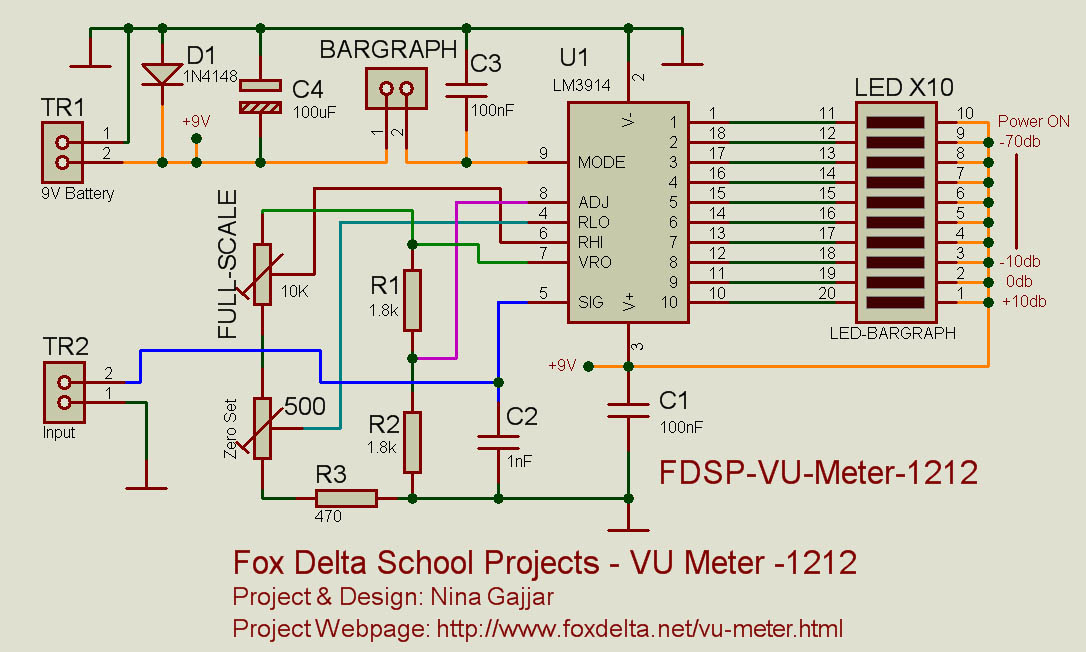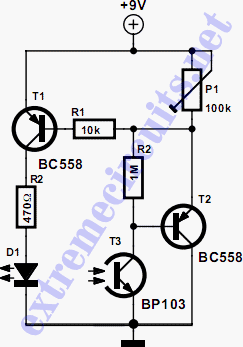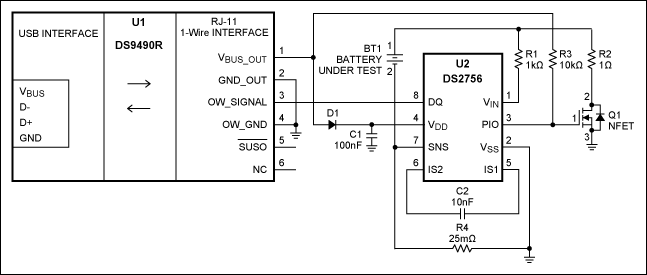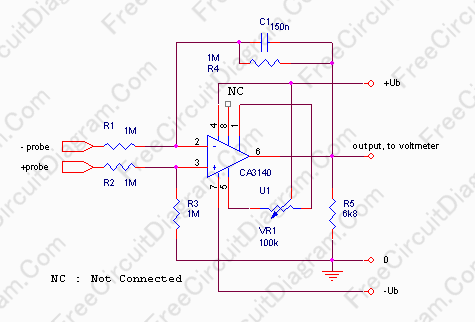
Simple field strength meter
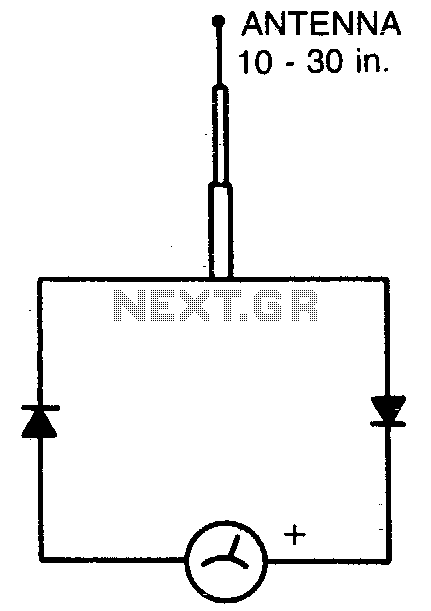
The circuit is frequency selective and has been utilized across frequency ranges from 2 meters to 160 meters. The telescoping antenna can be adjusted to its shortest length when operating at 2 meters to maintain the needle position on the scale. The meter should have a movement rating of 100 microamperes to 500 microamperes. The diodes used are of the germanium type, such as 1N34, although silicon diodes can also be employed, albeit with slightly reduced sensitivity.
The described circuit functions as a frequency-selective device, allowing for the reception of specific frequency ranges while effectively filtering out unwanted signals. Its operational range spans from 2 meters to 160 meters, making it suitable for various communication applications, including amateur radio and other RF signal processing.
The telescoping antenna is a critical component, as its length can be adjusted to optimize reception for different frequencies. When operating at the lower end of the frequency spectrum, specifically at 2 meters, shortening the antenna aids in maintaining the meter's needle position, which is crucial for accurate signal strength readings.
The meter incorporated into this circuit should be rated for a movement of 100 microamperes to 500 microamperes, ensuring that it can effectively register the small current changes associated with the signals being received. This range is appropriate for the low-power signals typically encountered in the specified frequency bands.
Diodes play a significant role in the circuit's functionality, with germanium diodes like the 1N34 being preferred due to their higher sensitivity at lower signal levels. While silicon diodes can be used as an alternative, they generally exhibit lower sensitivity, which may affect the circuit's overall performance in detecting weaker signals.
Overall, this frequency-selective circuit design is versatile and can be adapted for various applications, leveraging adjustable components and sensitive diodes to achieve optimal performance across a wide frequency range.The circuit is frequency selective. It has been used from 2 meters through 160 meters. The telescoping antenna may be adjusted to its shortest length when working at 2 meters to keep the needle on the scale, Meter should be a 100 microamp to a 500 microamp movement The diodes are germanium type, such as 1N34, etc. Silicon diodes will also work, but they are a bit less sensitive.
The described circuit functions as a frequency-selective device, allowing for the reception of specific frequency ranges while effectively filtering out unwanted signals. Its operational range spans from 2 meters to 160 meters, making it suitable for various communication applications, including amateur radio and other RF signal processing.
The telescoping antenna is a critical component, as its length can be adjusted to optimize reception for different frequencies. When operating at the lower end of the frequency spectrum, specifically at 2 meters, shortening the antenna aids in maintaining the meter's needle position, which is crucial for accurate signal strength readings.
The meter incorporated into this circuit should be rated for a movement of 100 microamperes to 500 microamperes, ensuring that it can effectively register the small current changes associated with the signals being received. This range is appropriate for the low-power signals typically encountered in the specified frequency bands.
Diodes play a significant role in the circuit's functionality, with germanium diodes like the 1N34 being preferred due to their higher sensitivity at lower signal levels. While silicon diodes can be used as an alternative, they generally exhibit lower sensitivity, which may affect the circuit's overall performance in detecting weaker signals.
Overall, this frequency-selective circuit design is versatile and can be adapted for various applications, leveraging adjustable components and sensitive diodes to achieve optimal performance across a wide frequency range.The circuit is frequency selective. It has been used from 2 meters through 160 meters. The telescoping antenna may be adjusted to its shortest length when working at 2 meters to keep the needle on the scale, Meter should be a 100 microamp to a 500 microamp movement The diodes are germanium type, such as 1N34, etc. Silicon diodes will also work, but they are a bit less sensitive.
